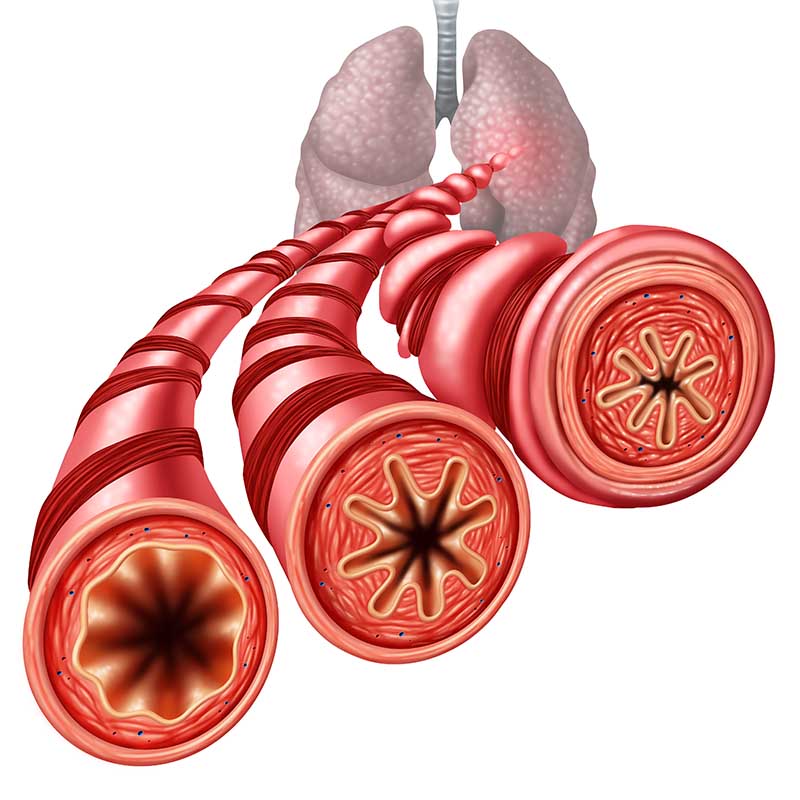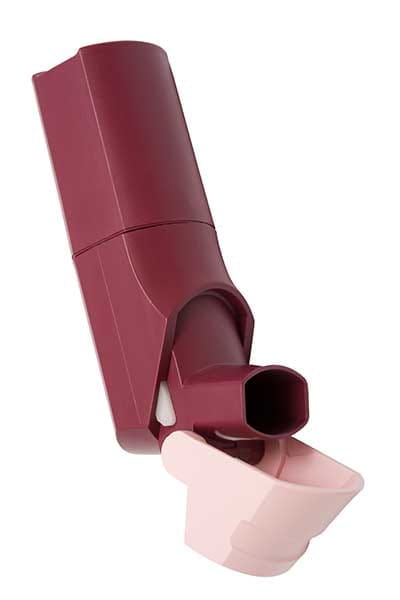Introduction:
SMART—combining an inhaled corticosteroid with formoterol—has been recommended by GINA since 2006 and preferred since 2019. However, real-world adoption has been slow due to provider unawareness, insurance complexities, and patient hesitancy.
Objective:
To improve implementation of SMART prescribing and facilitate increased utilization of these guidelines into clinical practice through a quality improvement (QI) initiative at the Burgdorf Medical Clinic in Hartford, Connecticut
Methods:
- Intervention Team: Interdisciplinary, including medical residents, physician faculty, and clinical pharmacists
- The intervention included both provider education and development of clinical tools.
- Residents completed a pre-intervention test to assess baseline knowledge.
- Didactic lectures covered GINA guidelines and instructions on prescribing SMART therapy.
- A post-intervention test was conducted to evaluate the effectiveness of the education.
- Clinical tools developed included:
- An order set created with the clinical pharmacy team
- Asthma action plan handouts for providers to review with patients. Patient Identification: Eligible patients flagged prior to visits; for facilitation of SMART prescribing residents were provided with recommendations
- Data Collection: over a 5-week period from more than 300 patient visits, including all individuals with a documented asthma diagnosis or those who had been prescribed inhalers.
Results:
|
Measure |
Outcome |
|
Patients eligible for SMART |
~26% |
|
Already on SMART prior to intervention |
5% |
|
Transitioned to SMART post-intervention |
42% of eligible group |
|
Main barriers to implementation |
Patient resistance (concerns of patients regarding long-standing reliever therapy), insurance approval, provider unawareness |
Conclusion:
The intervention significantly improved SMART uptake, showing that low baseline prescribing was largely due to provider unawareness. While provider education improved prescribing rates, patient reluctance, regulatory environment and insurance barriers remain key obstacles to wider implementation.
Am J Respir Crit Care Med 2025; 211: A1475
American Thoracic Society 2025 International Conference, May 18-21, San Francisco




